-

 Technology and Design: Finding the Perfect BalanceInterviews with Leading Italian System Integrators by Chiara Benedettini and Pietro Conte
Technology and Design: Finding the Perfect BalanceInterviews with Leading Italian System Integrators by Chiara Benedettini and Pietro Conte
Tailored Integration
Paolo Borraccini
AVTech
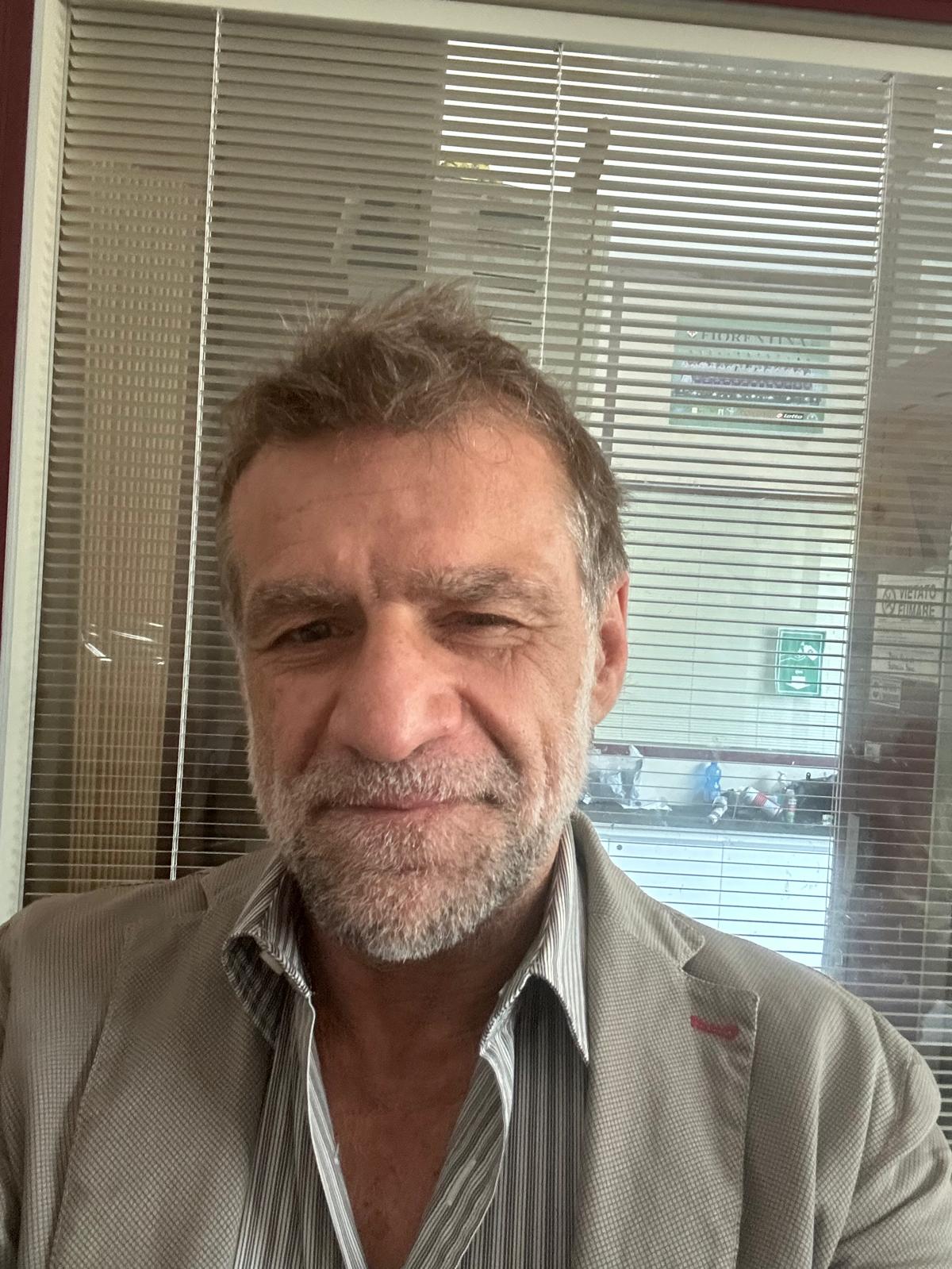
“We were born in the broadcast world, distributing Panasonic products when people still talked about ‘professional video,’ but within a few months we had to reinvent ourselves. With my long-time partner, Maurizio Bacci, we then founded AVTech and progressively shifted into the professional AV world. A turning point was a decisive encounter with Prada’s engineering team: it became our ticket into high-end retail and bespoke design.”
Paolo Borraccini, Founder and Commercial Director of AVTech, recounts the company’s evolution from broadcast experience to high-end retail installations. In a direct, no-frills dialogue, the challenges and solutions of a System Integrator who has made collaboration with designers and architects his hallmark become clear.
Chiara Benedettini - Which recent project best represents AVTech’s approach, in your opinion?
PB – There are several, but one that truly stands out is our work for Fendi in New York. We handled an installation featuring a transparent LED display across three floors of the brand’s store on Fifth Avenue. It wasn’t just a technical job: we dealt with glass, metal structures integrated into the façade, compliance with building regulations, and coordination with an American company responsible for the on-site installation. We managed the entire structural design and technical consultancy, down to the most complex details. Today, anyone walking down that street at night can see dynamic animations spanning three floors — without losing visibility of the store’s interior.
CB - What defines AVTech’s identity?
PB – We’ve gained extensive experience in integrating technology with materials and furnishings. We take care of all the peripheral aspects, not just the audio-video itself. Over the years, we’ve learned to collaborate with architects, carpenters, glassmakers, metalworkers... Much of our work focuses on making technology invisible — seamlessly integrated into a variety of materials.
Pietro Conte - What does the dialogue between technology and design mean, to you and to AVTech?
PB – It’s crucial. But it’s not always easy — architects and designers are often very minimalist; they don’t want to see anything. They prefer clean, pure surfaces. So we have to find creative solutions: invisible speakers, exciters that make materials themselves resonate, wireless audio systems.

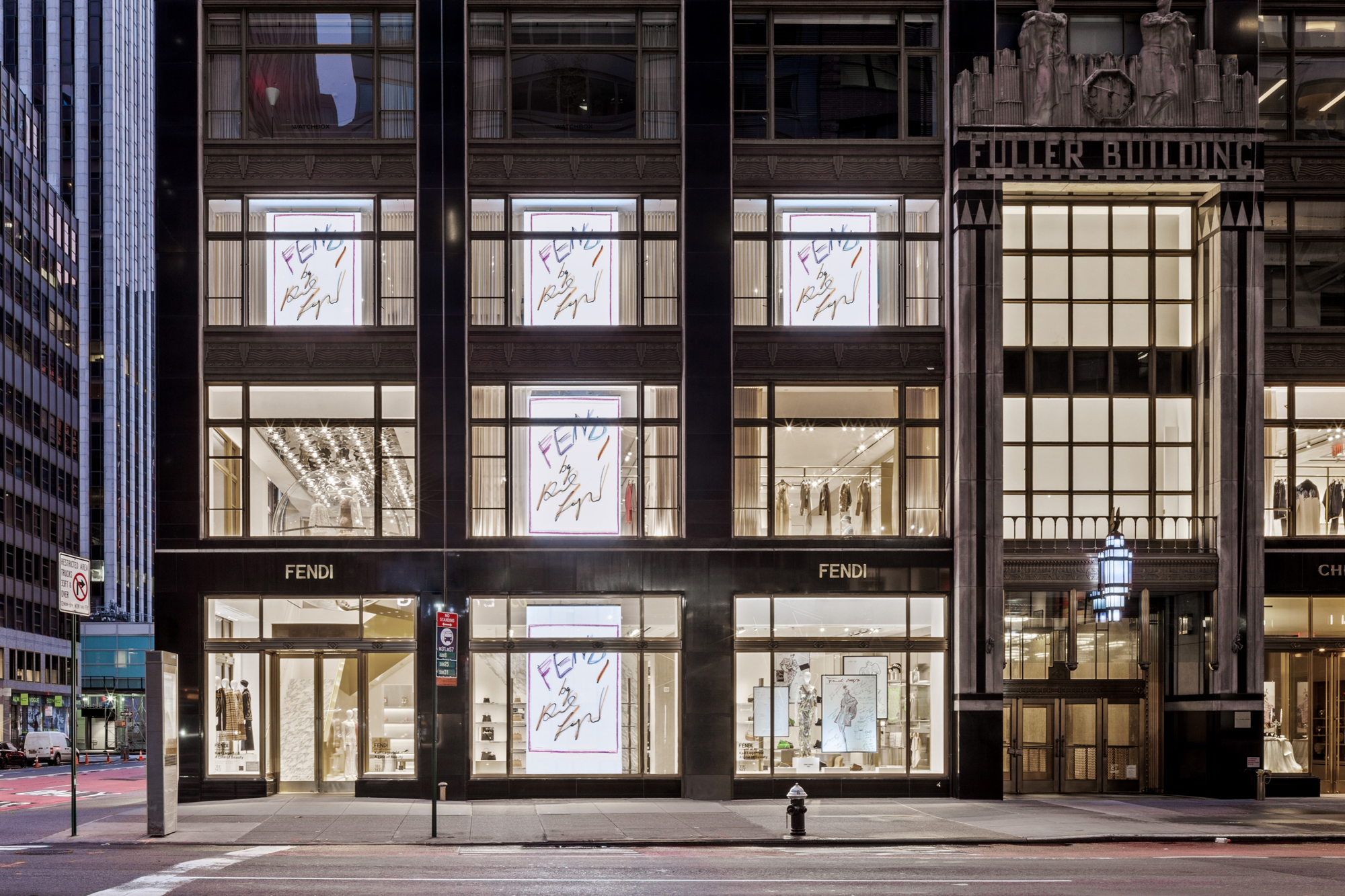
1.-2. The building housing the Fendi boutique on Fifth Avenue in New York, featuring AVTech’s installation based on transparent LED technology.
PC - What role does the system integrator play in bringing together technology and design into a coherent project?
PB – I believe it’s essential to build a relationship of trust with clients. Technology isn’t always easy to grasp — sometimes it even creates a sense of resistance in those unfamiliar with it. In our view, the system integrator’s role is to overcome that divide and be a trusted guide in the use of technology. We suggest the right solutions, properly scaled to the project’s needs, durable, and easy to manage. Our goal is to simplify the user experience as much as possible. That’s why, beyond installation, we provide training, support, and long-term continuity.
PC - A positive user experience can help foster dialogue with architects, designers, and furniture manufacturers?
PB – Absolutely — and it must also be intuitive, otherwise even the best solution can end up being useless.

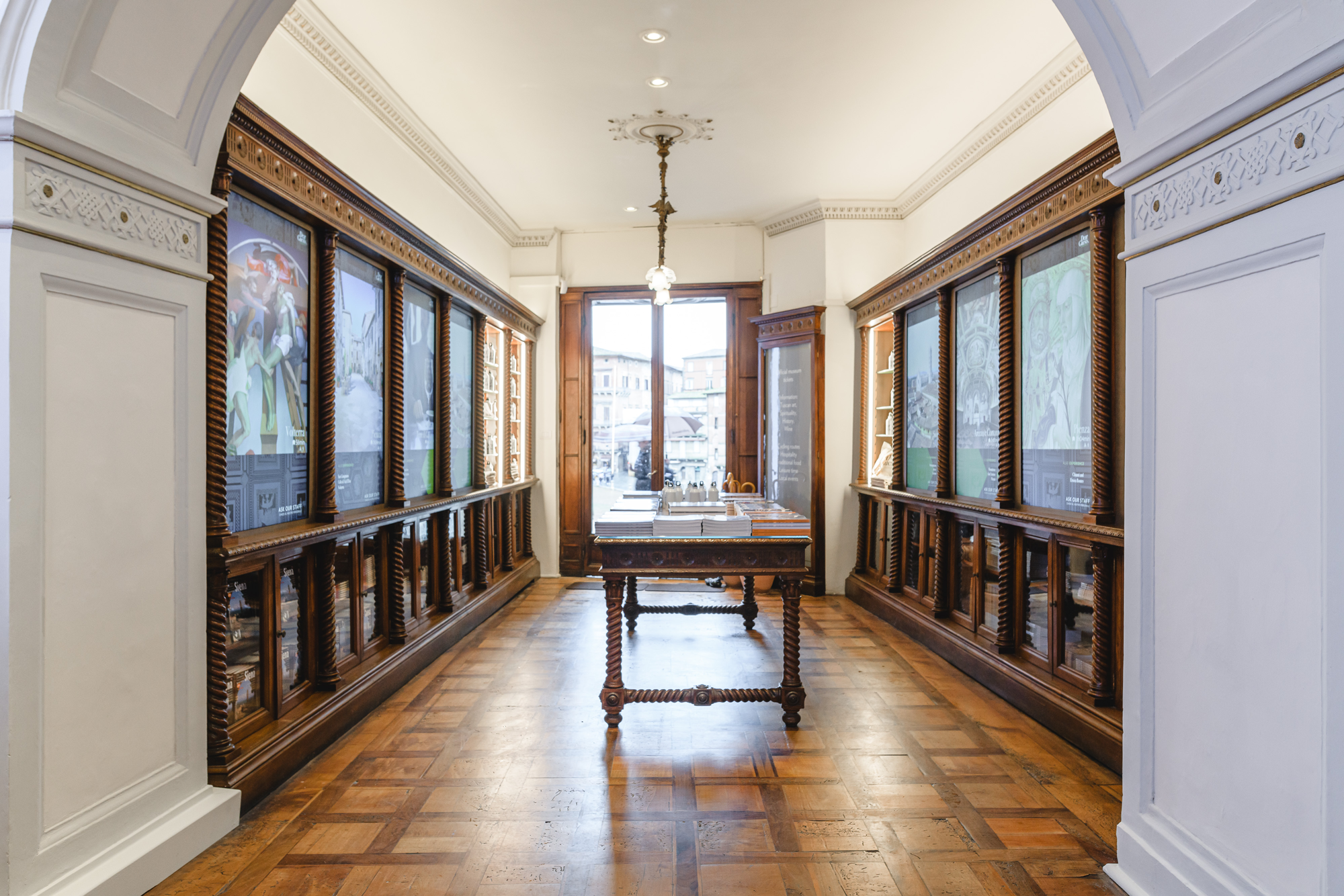

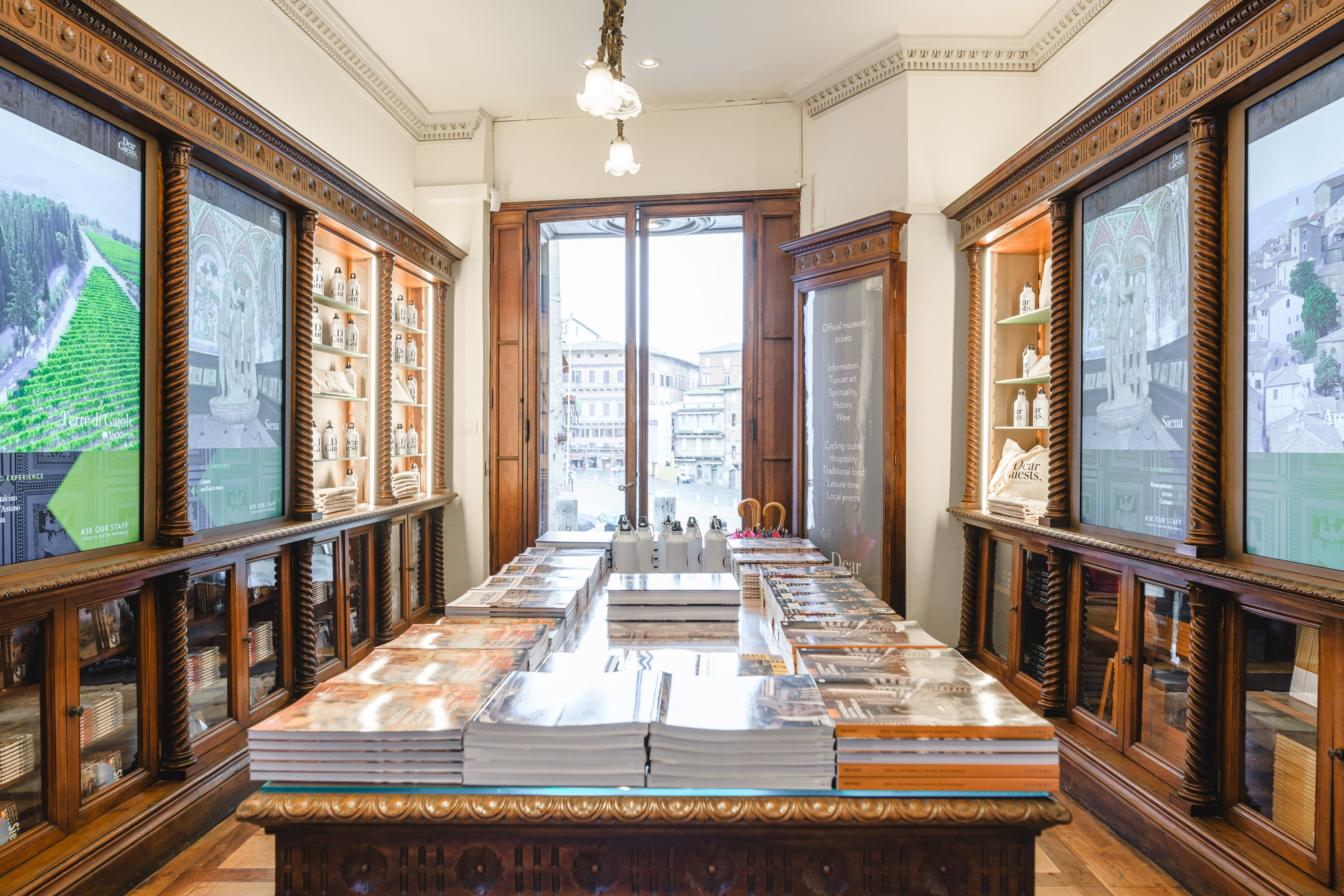
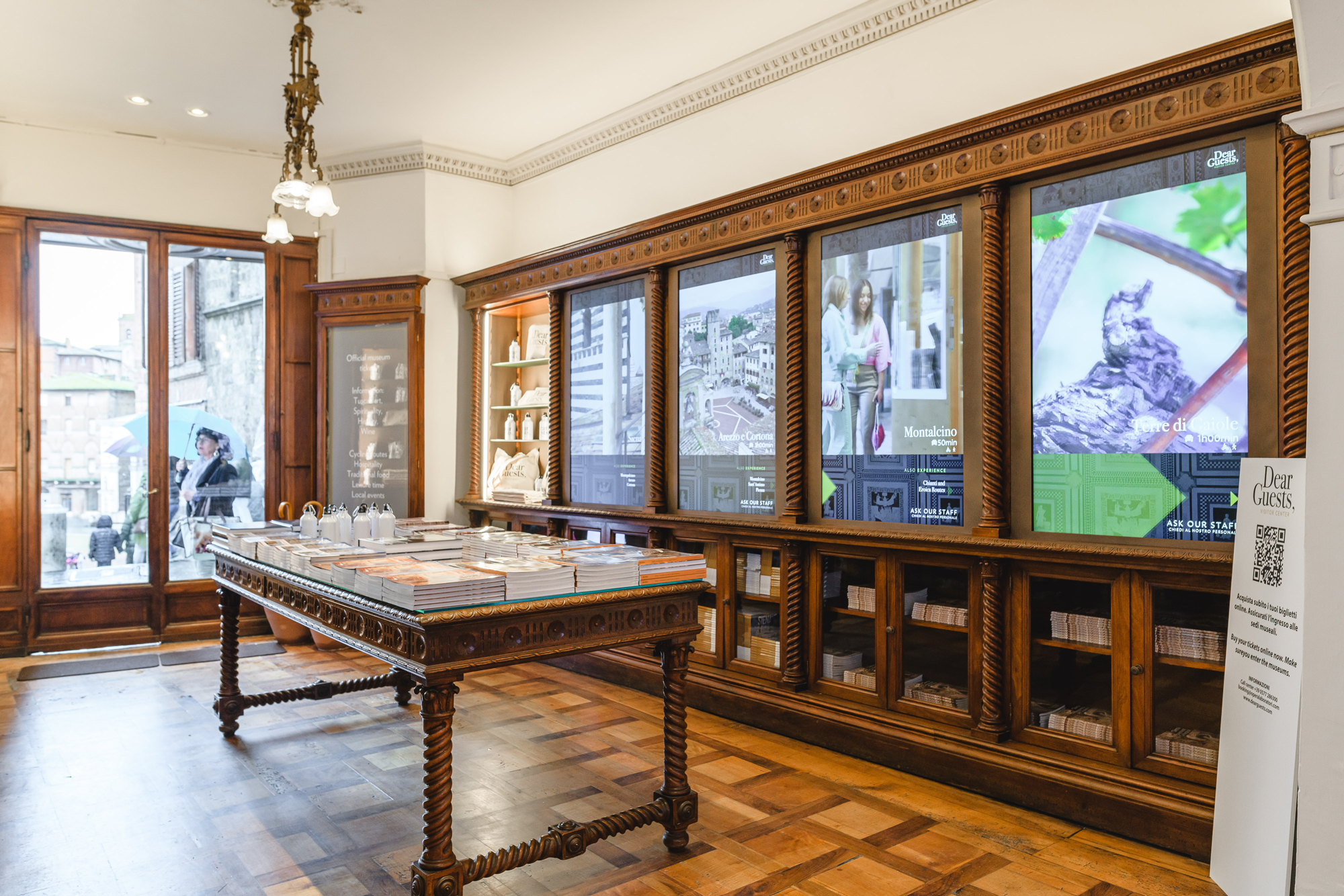


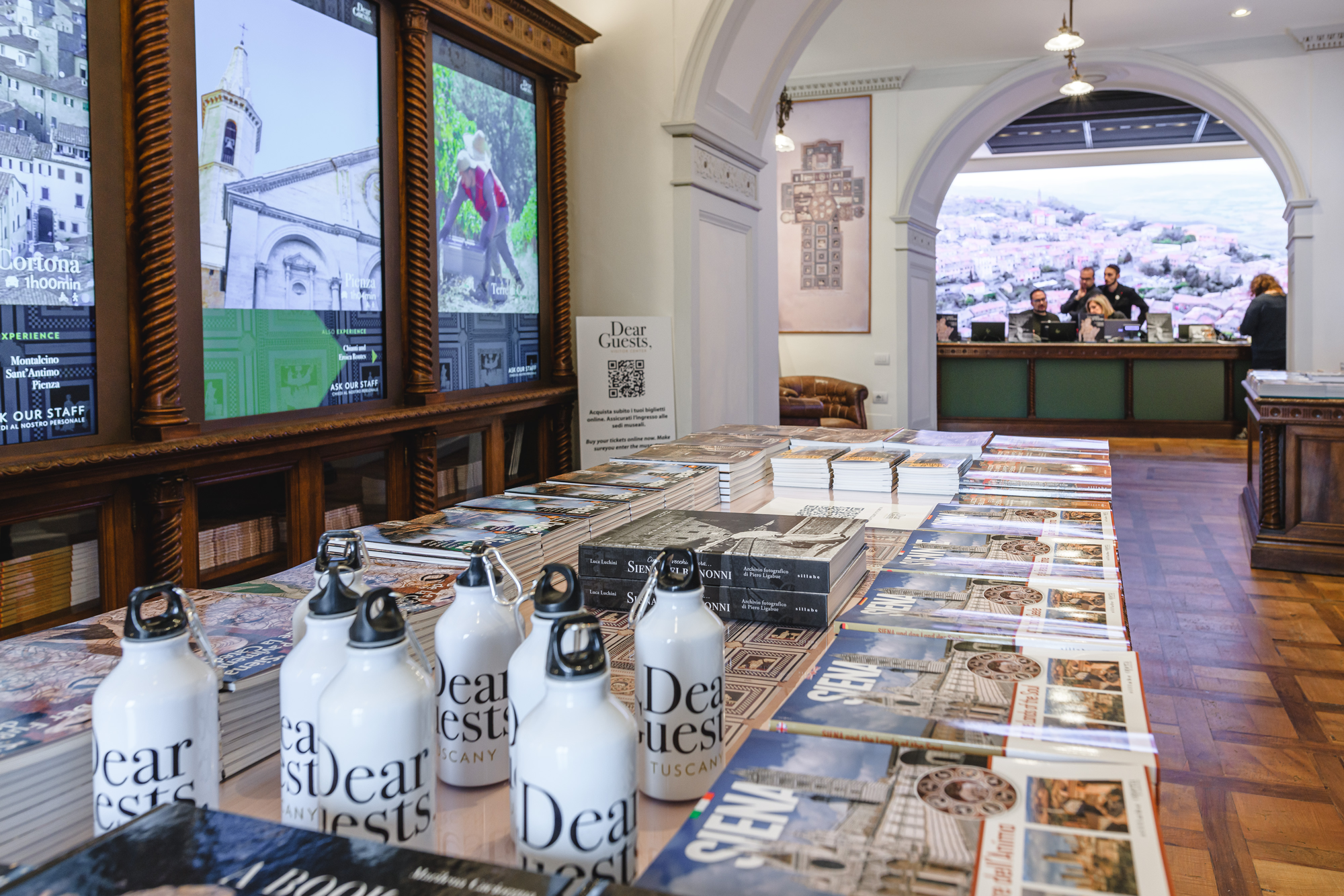

3.-11. The Dear Guests retail store in Piazza del Campo, Siena. AVTech’s intervention transformed the store’s walls: on LED panels are displayed proposals for museum visits, exhibitions, and monuments in and around Siena, plus posters and works of art.
CB - How important is the integration between systems, interior design, and digital infrastructures in creating truly multifunctional spaces?
PB – I think it’s primarily the role of architects and designers to conceive spaces, environments, and furnishings that integrate technology from the beginning of the project. Then it becomes our task to choose the most appropriate and discreet technologies. It may sound simple, but I believe that’s where we need to start again — by raising awareness and training design professionals. And, in a way, that’s exactly what we’re doing with this interview.
CB - Is there a technology you believe will take center stage in the coming years?
PB – Definitely LED. I was lucky enough to hear this prediction years ago from one of the world’s leading LED experts. We were in Shenzhen, having a beer, working on one of the first LED installations. I asked him, “Do you really think they’ll take off?” He confidently replied: “There will come a time when you’ll find them stacked on store shelves, sold by weight. And when that happens, everything else will either be obsolete or used differently.” LEDs are redefining how we integrate visual technologies into spaces — making them a fluid, invisible part of the environment itself.
